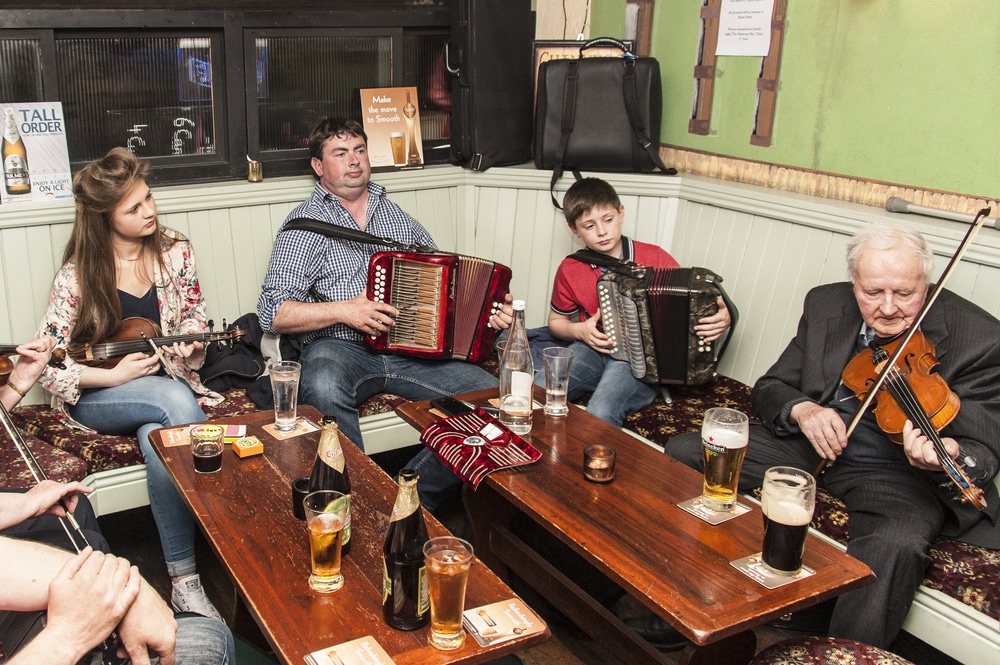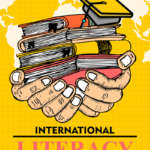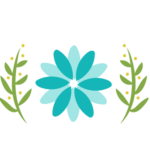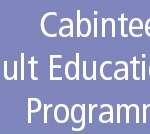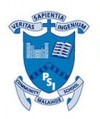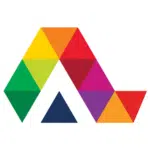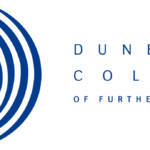Irish traditional music is known across the globe and for many tourists coming to Ireland, high on their list of things to do is find a pub with some Irish music happening – a session, which usually involves a few musicians sitting in the corner of the pub knocking out a few tunes over a few pints. No stages at these gigs. No tickets required. No queuing. Here you can find the best music and you can sit beside the musicians and join in if you want! Now there are many different music courses around the country, including some Irish traditional music courses, so here at Nightcourses.com we thought we’d celebrate Irish Traditional Music and take a look at 5 Irish Traditional Music Instruments.
5 Irish Traditional Music Instruments
The Harp
For centuries the harp has been Ireland’s national instrument. It features on our coins, stamps, government documentation, passports, standing as the official symbol of Ireland. And of course there it is front and centre of the Guinness brand!. The stringed musical instrument has a number of individual strings running at an angle to its soundboard. These strings are plucked with the fingers to create its ethereal, fairytale and dreamlike like sound.
Fiddle
The fiddle has become the leading instrument of most traditional Irish music. People often ask what’s the difference between a fiddle and a violin – well, only the way it’s played! They are the same instrument. If you play classical music on it, it’s a violin. If you play Irish Traditional Music (or folk/bluegrass, etc) on it, it’s a fiddle! But no matter what you’re playing on it, you’re using the same four-string wooden instrument that dates back to 16th century Italy.
Tin Whistle
The tin whistle is a great instrument that you can carry around in your pocket and produce anywhere at anytime to lash out a tune or two! And anyone can afford one. It is a wind instrument with a mouthpiece and six holes which you can cover or play open to play notes of a range of around two octaves. Its simplicity dates from its origins as a wider family of fipple flutes created and played by primitive cultures often carved from bones.
Courses here
https://www.youtube.com/watch?v=mpN36I9xr-o
Bodhrán
The bodhrán is the distinctive beat of much of Irish Traditional Music. It is a simple handheld drum, played with either the hand or a tipper (aka bone, beater, stick or cipín) which is a short wooden stick. The bodhrán is made of a goatskin stretched across a circular wooden frame. The player holds a wooden cross bar under the frame with one hand and beats the bodhrán with the other using both ends of the tipper with a skilled wrist flicking movement. The player rests the bodhrán on his/her knee. A skilled bodhrán player can put the listener in a trance with his/her and it’s no wonder that traditional musicians refer to the bodhrán as the pulse of Irish music.
Courses here
Accordion
A free-reed instruments that produces sound as air flows past a vibrating reed in a frame, the accordion comes in a variety of forms, including melodeon (called the ‘box`), button accordion (also called the `box` by some) and piano accordion. The sound is created by air pressure with a bellows. The accordion is played by compressing or expanding the bellows while pressing buttons or keys, causing pallets to open, which allow air to flow across strips of brass or steel, called reeds. These vibrate to produce sound inside the body.

